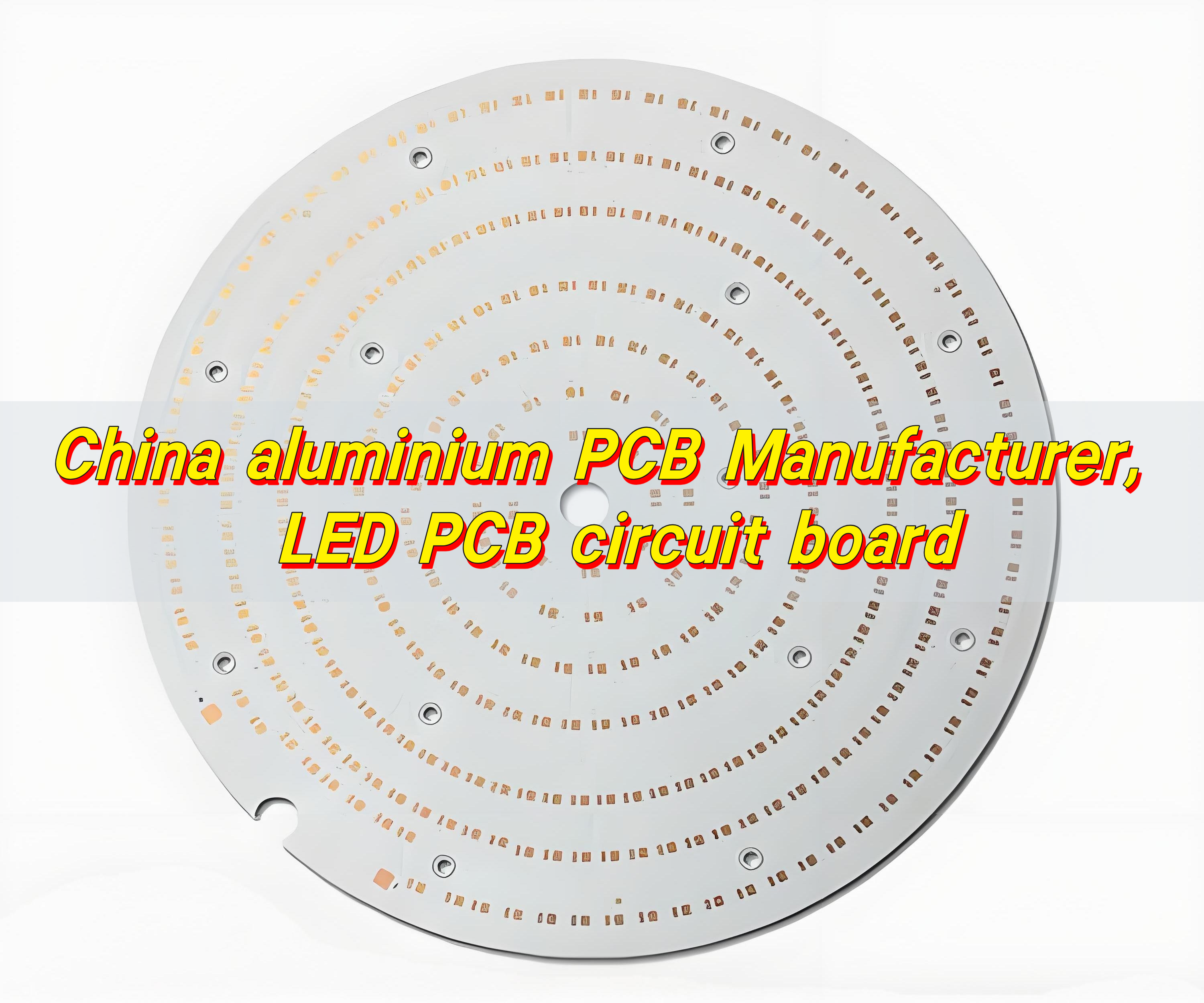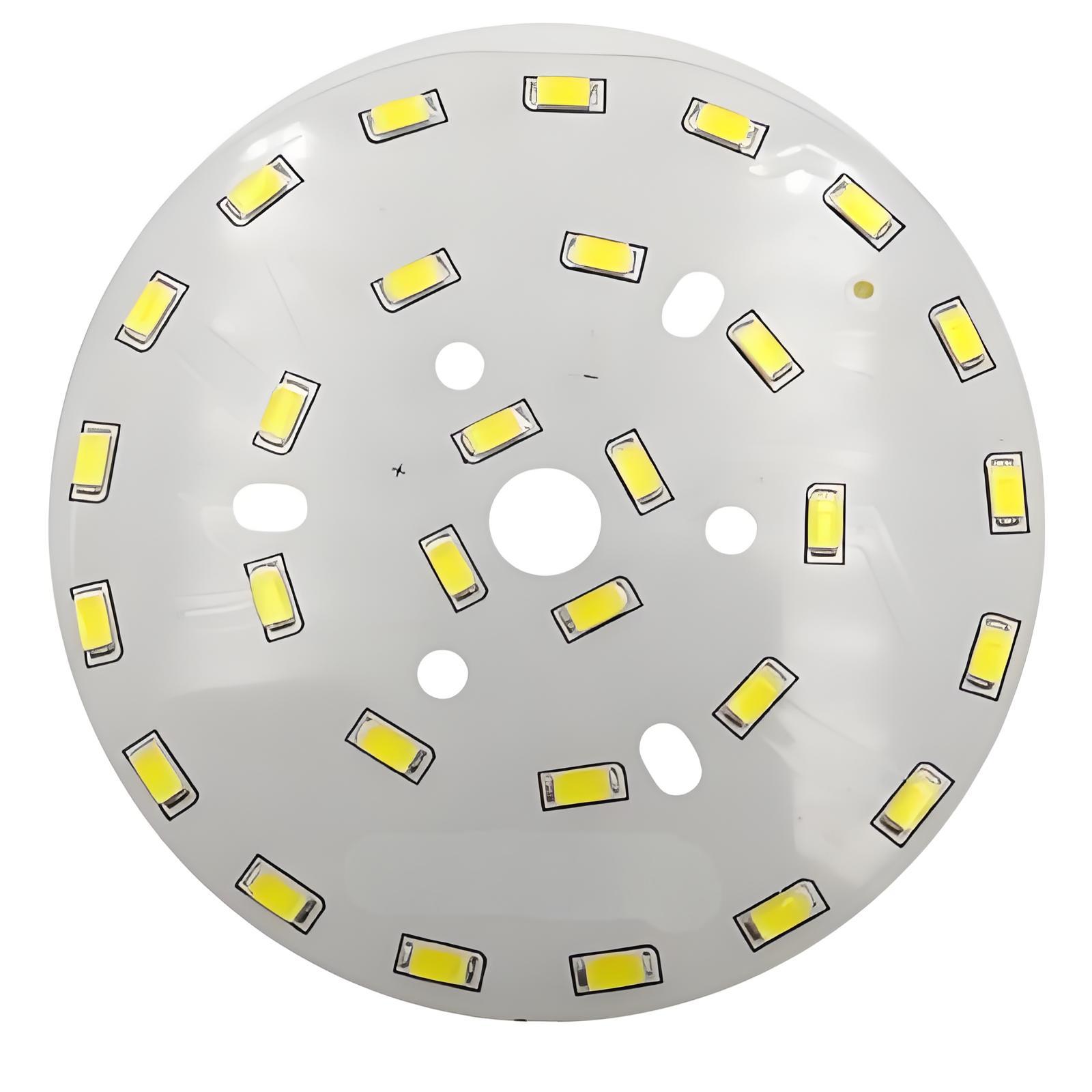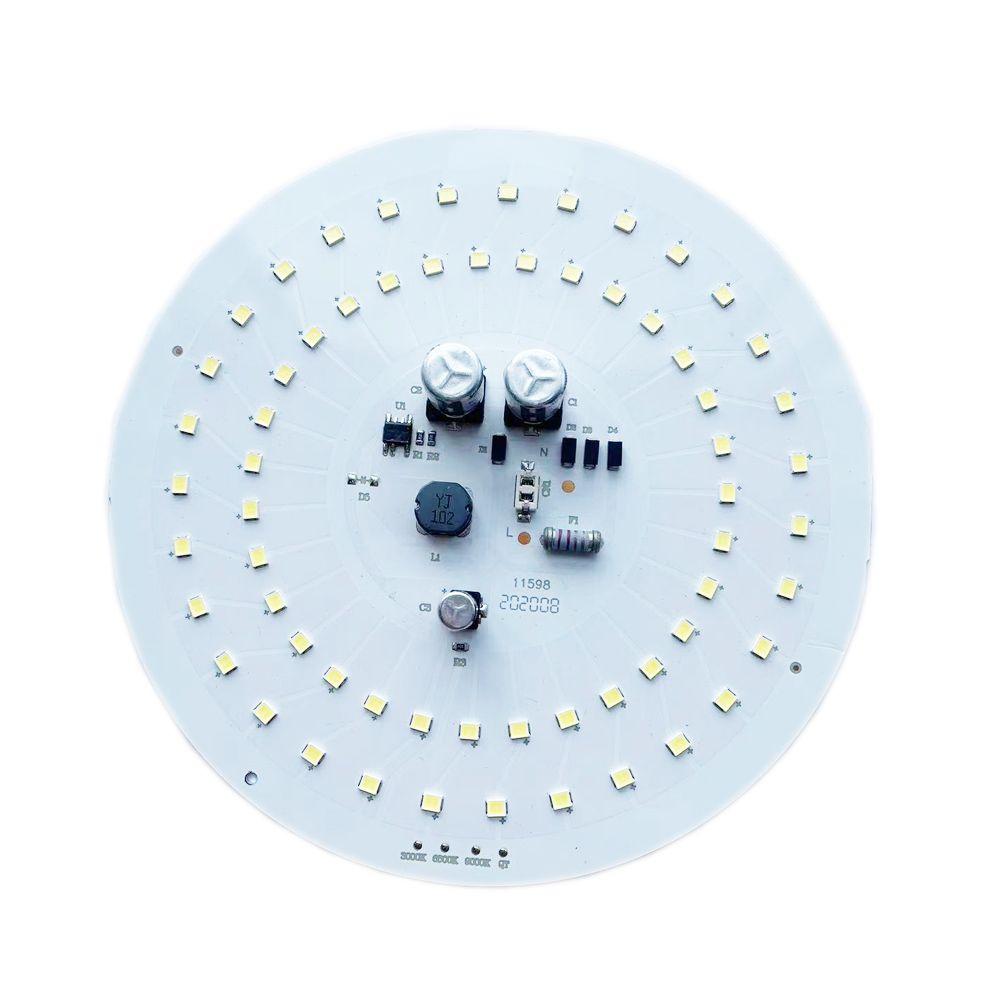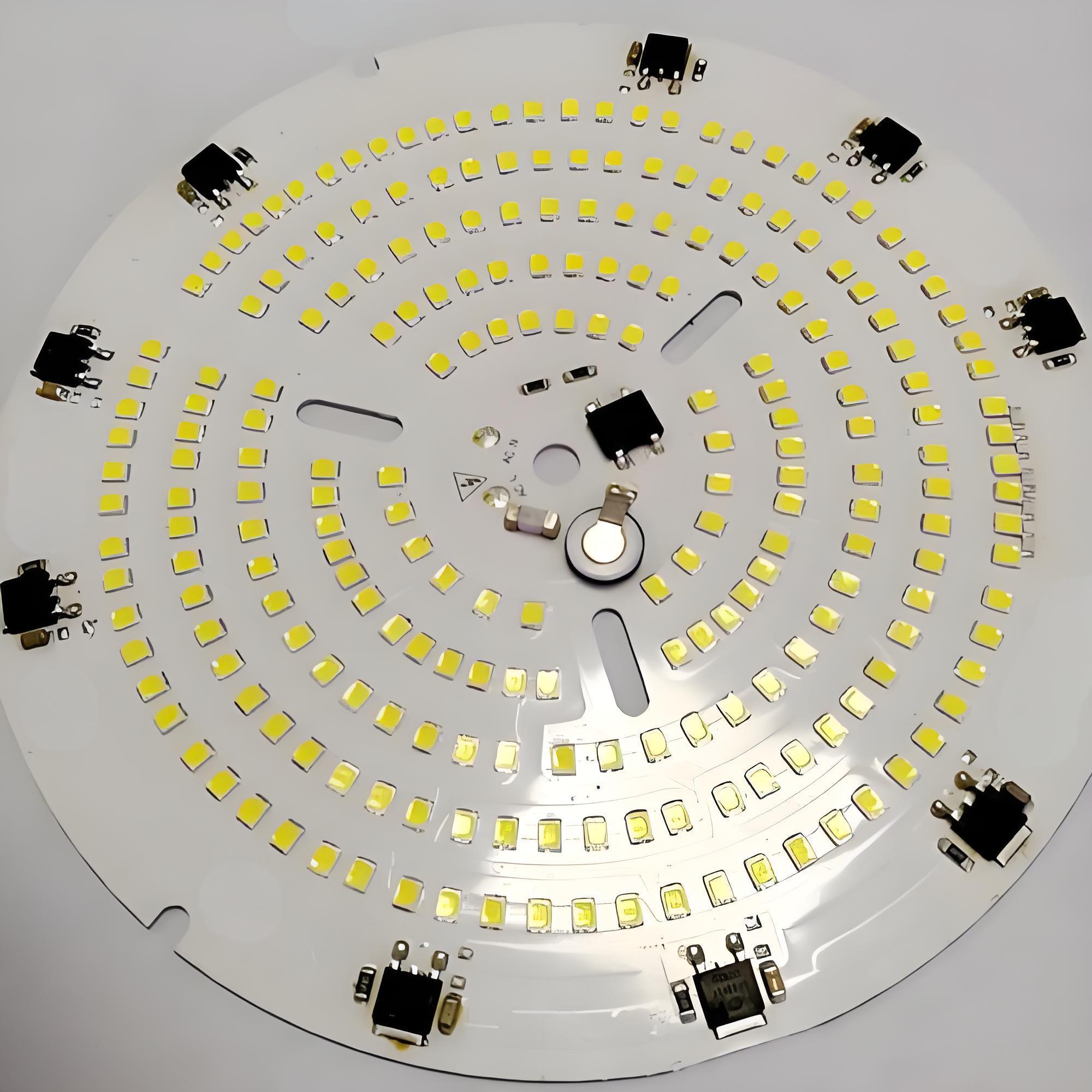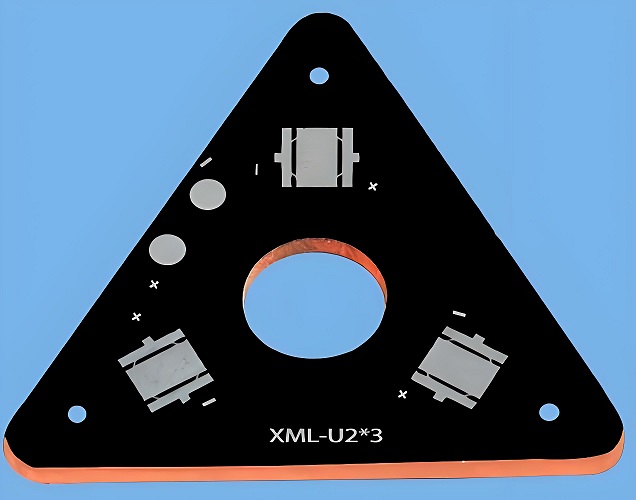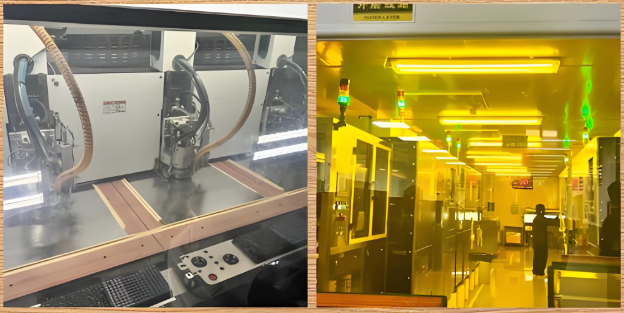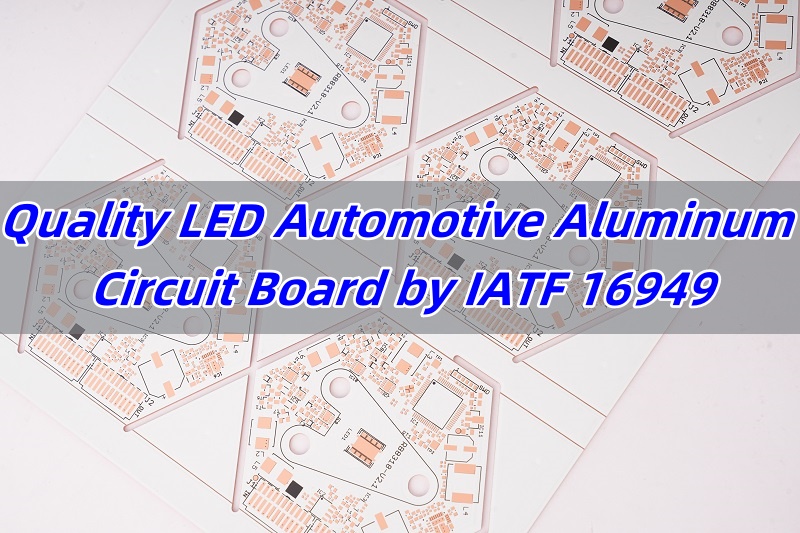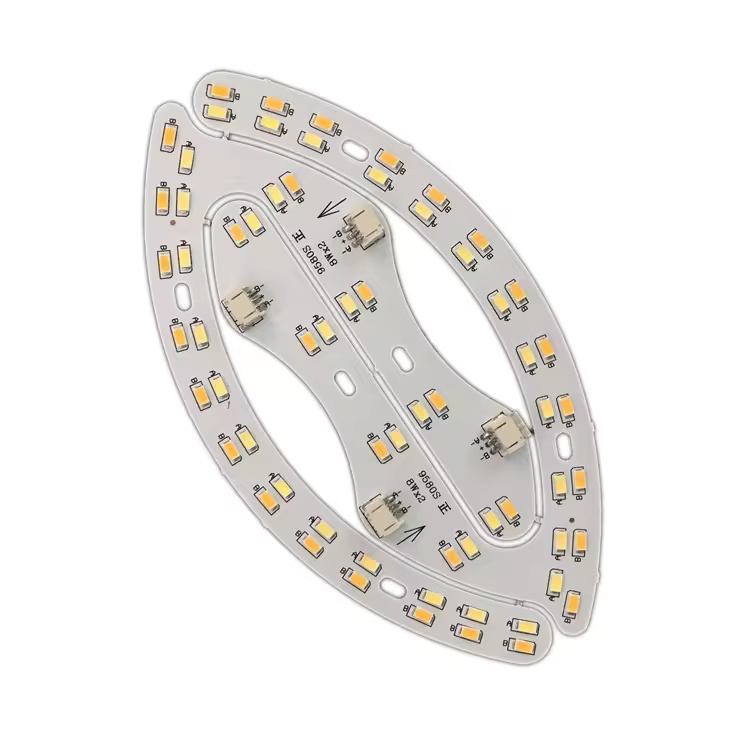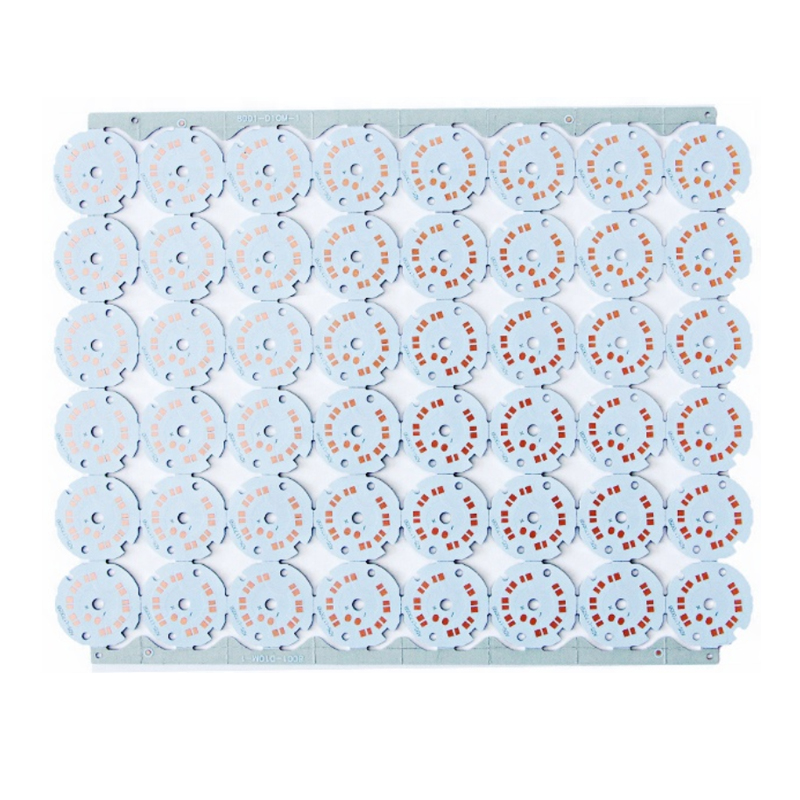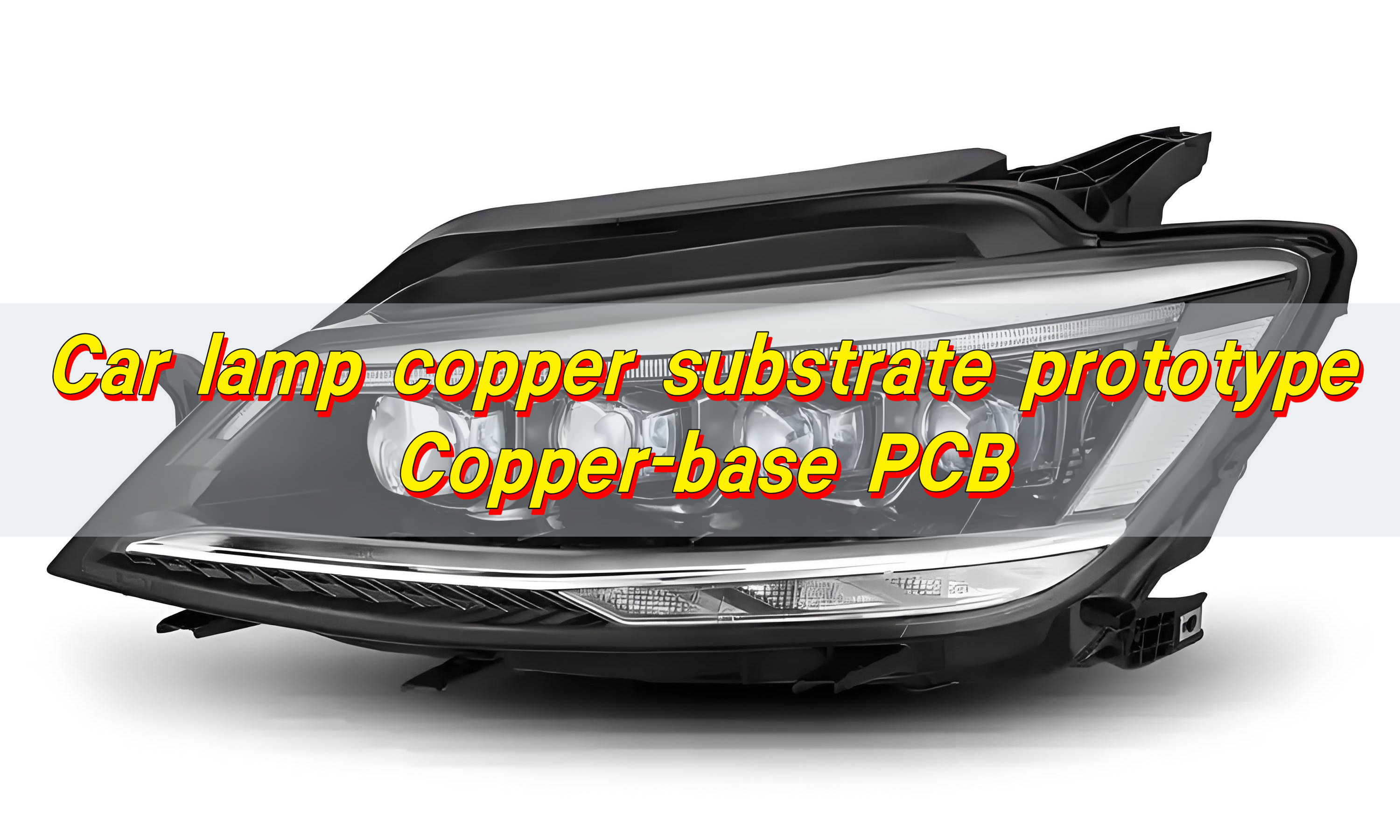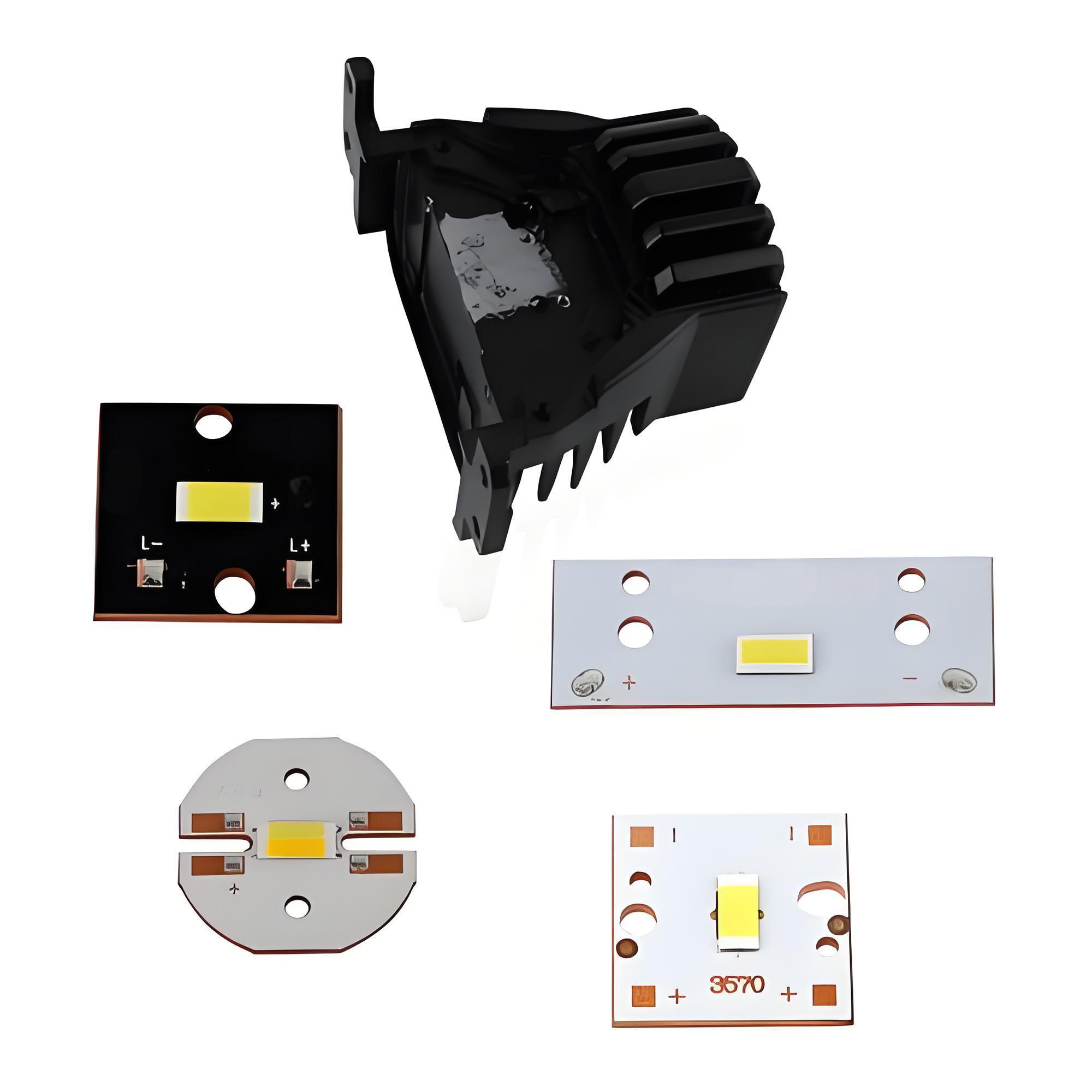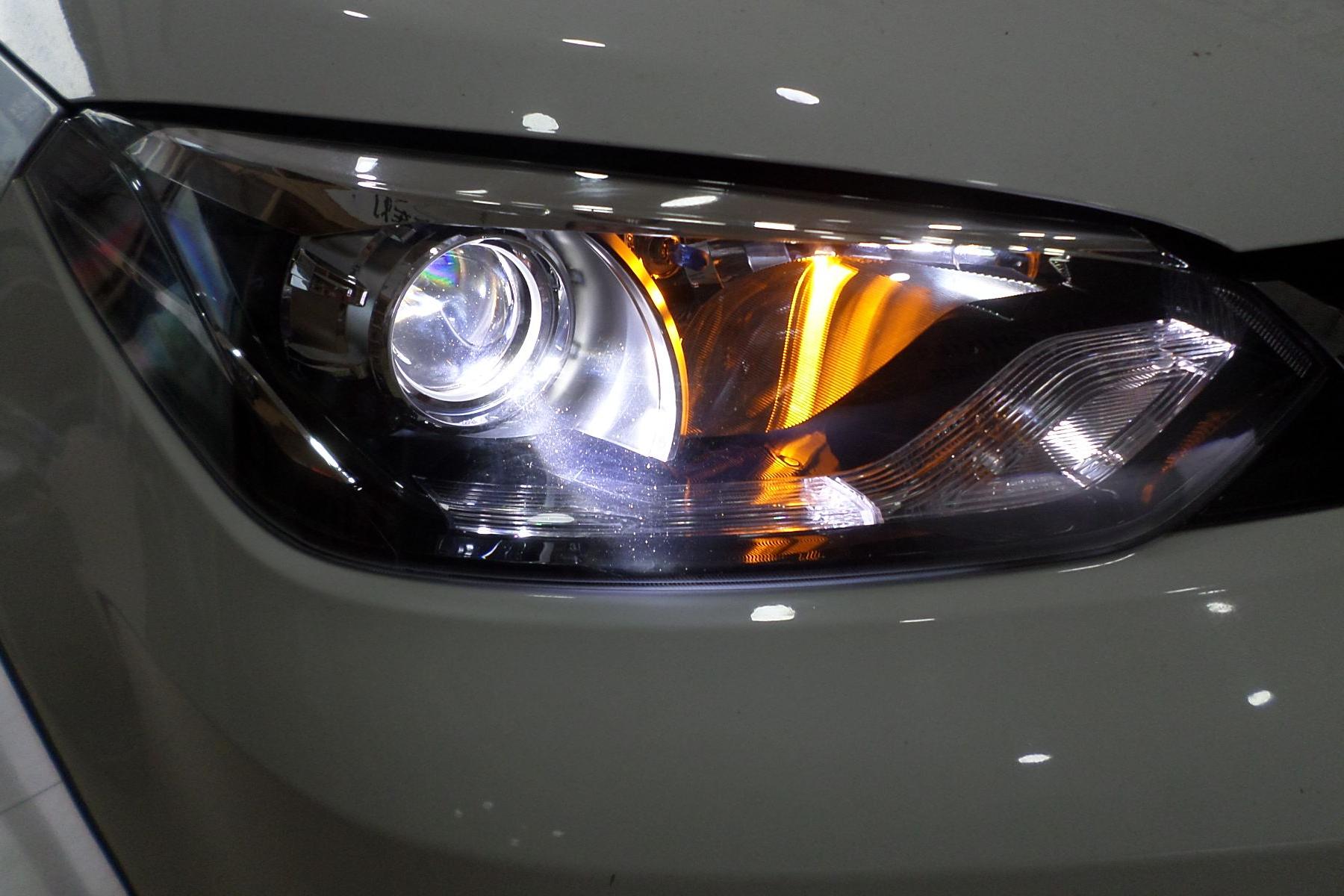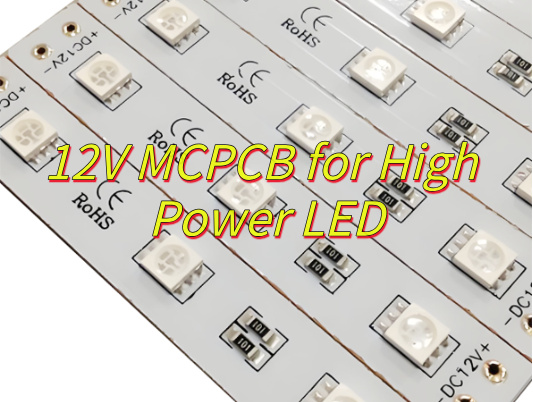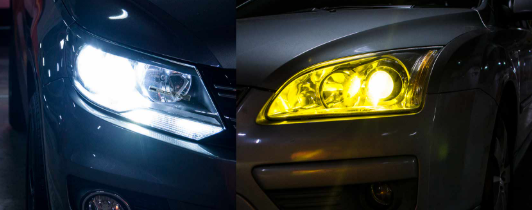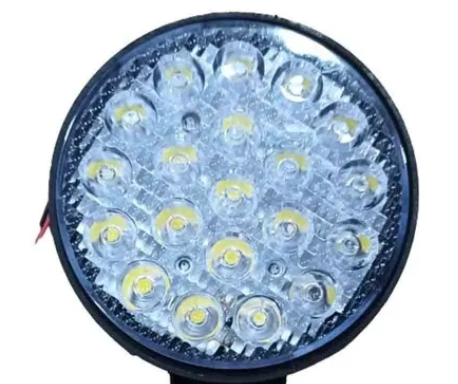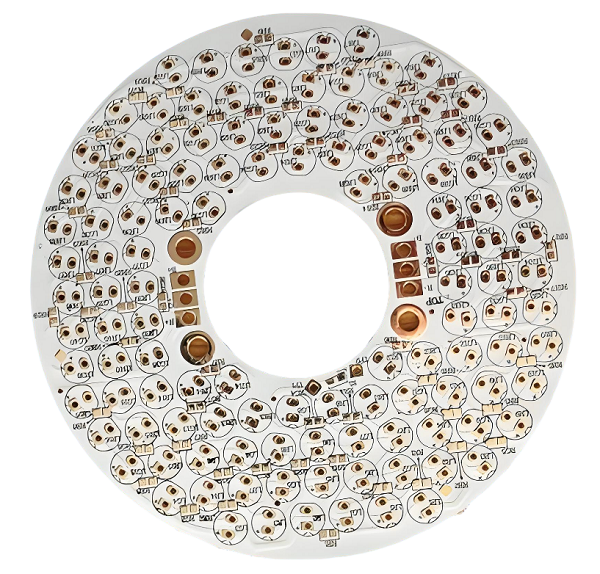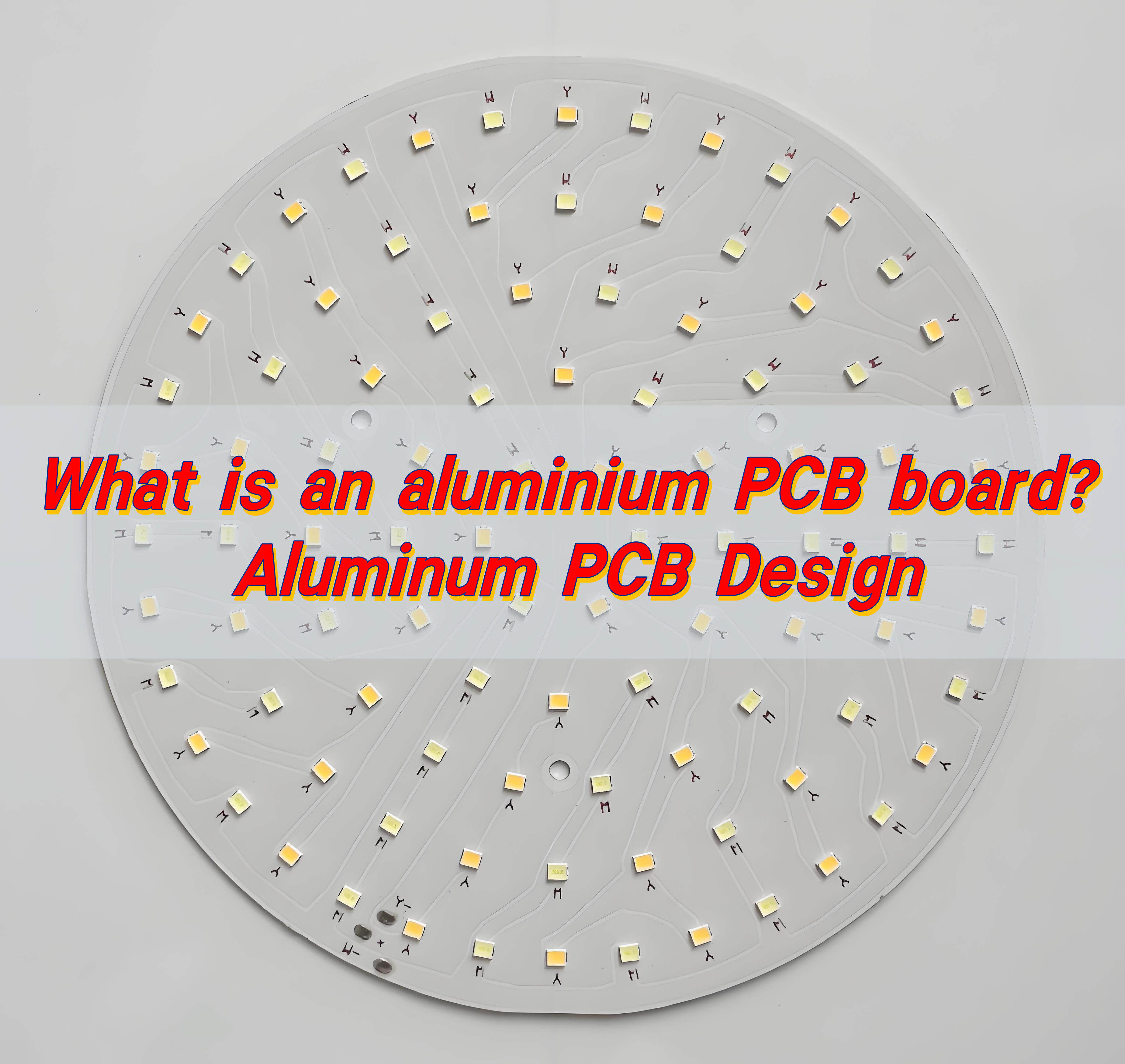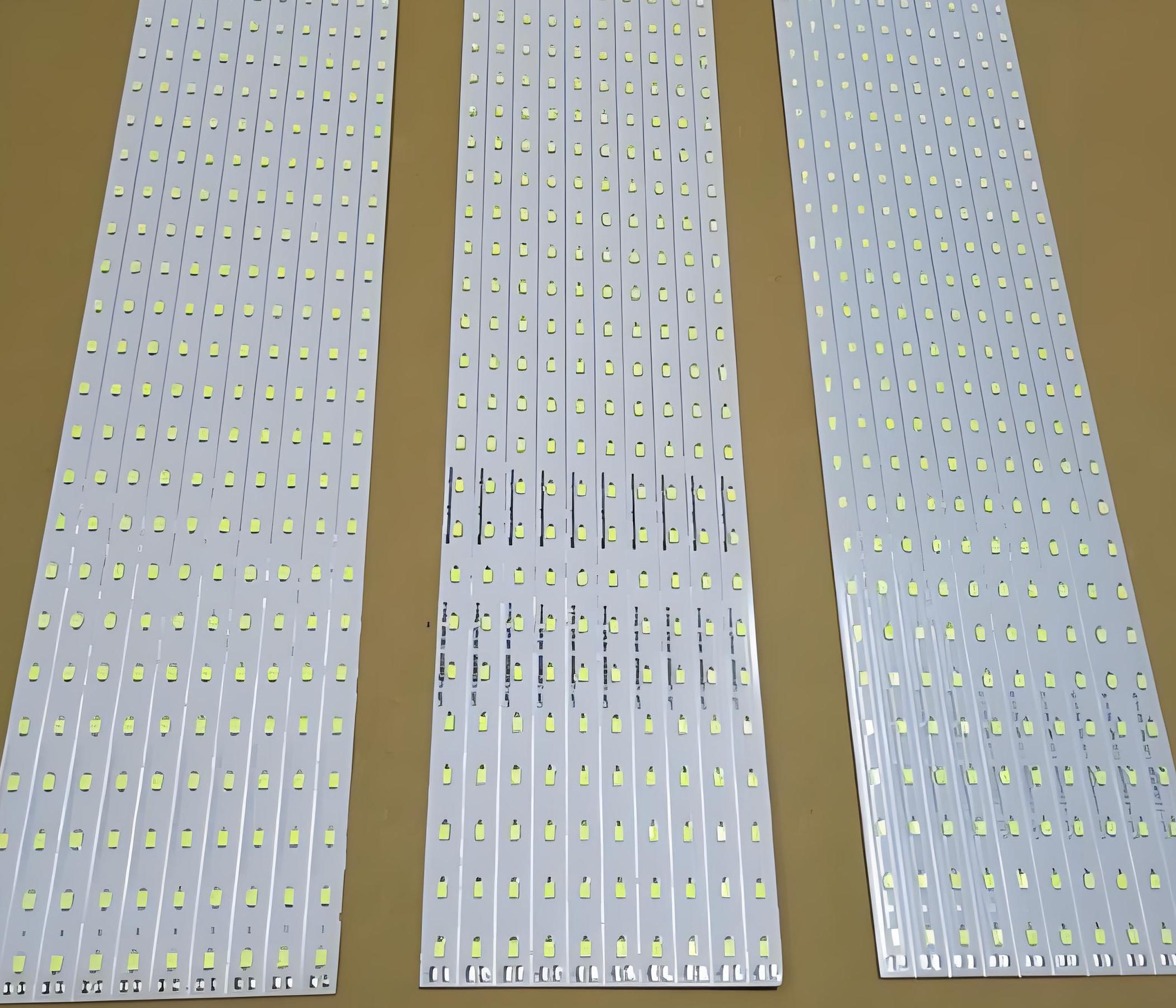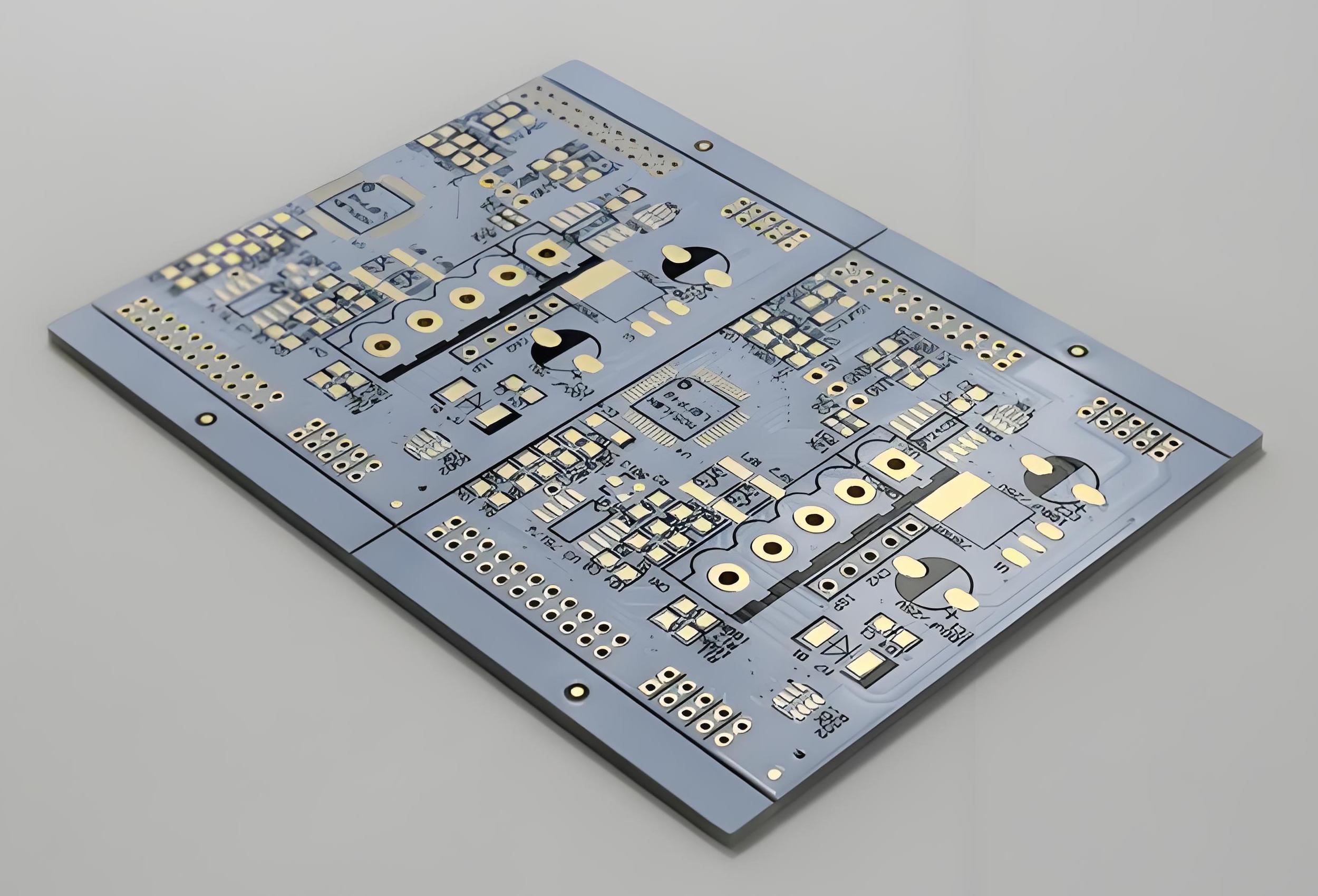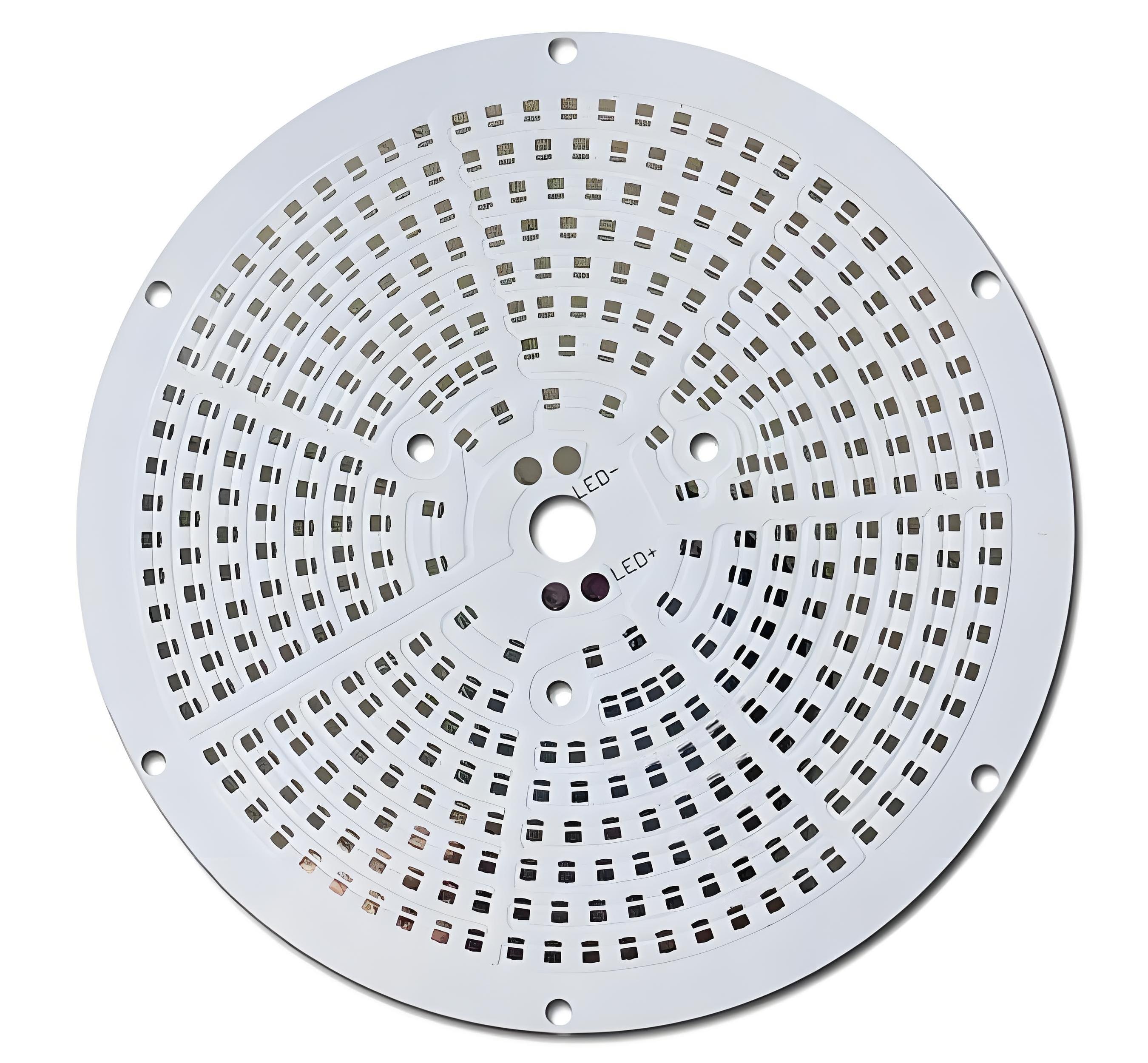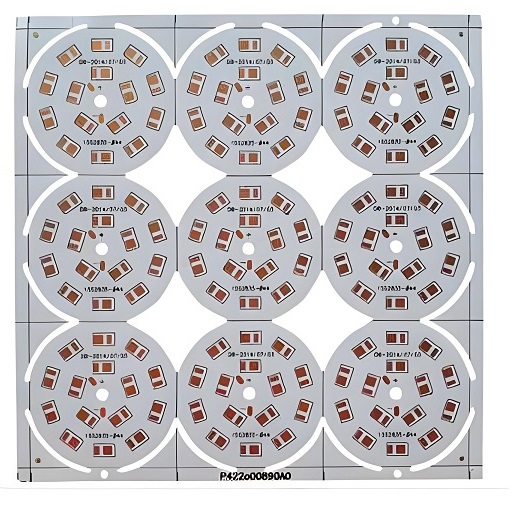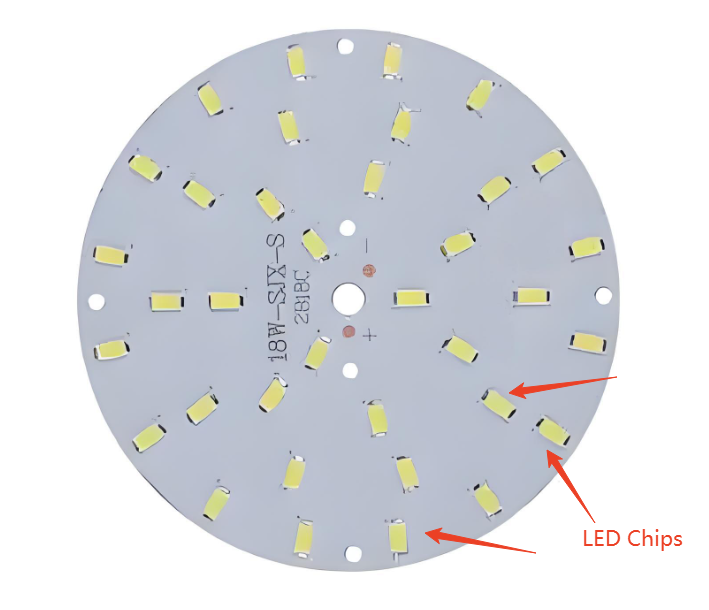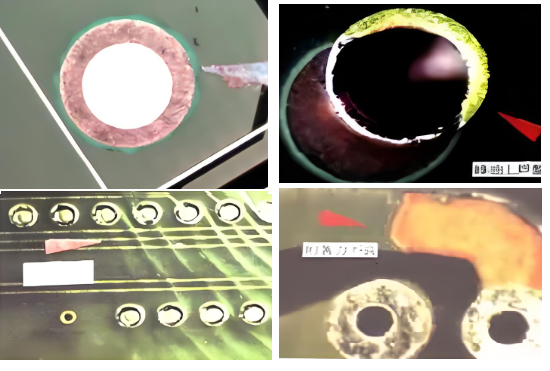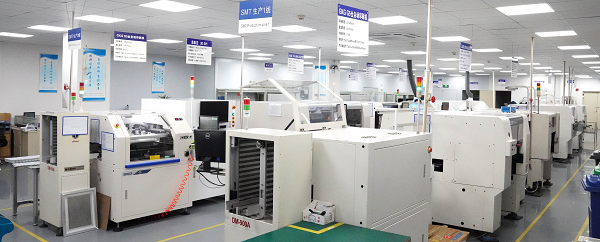Copper coated PCB is one of the most searched materials when engineers look for better conductivity and durability in electronics. Many customers face a common pain: either the quality doesn’t meet the standard or the delivery time is far from ideal. In this guide, we walk through where to buy copper coated PCB board and how to avoid these common issues.
Best Technology is an original manufacturer of metal core PCB, supplying copper-coated PCB and aluminum core PCB in Chinese market and the international market. Our copper-coated PCB board factory conforms with ISO 9001, ISO 13485, IATF 16949, and AS9100D. Besides, our experienced engineers can provide DFM feedback to optimize your layout for better heat dissipation and current carrying. Last but not least, we specialize in manufacturing metal-based PCBs with copper thickness ranging from 1oz up to 20oz, including 4oz copper for demanding high-current and automotive applications. This ensures we can meet both your standard and heavy copper metal-core PCB requirements. Just don’t hesitate to let us know your inquiry details via sales@bestpcbs.com.
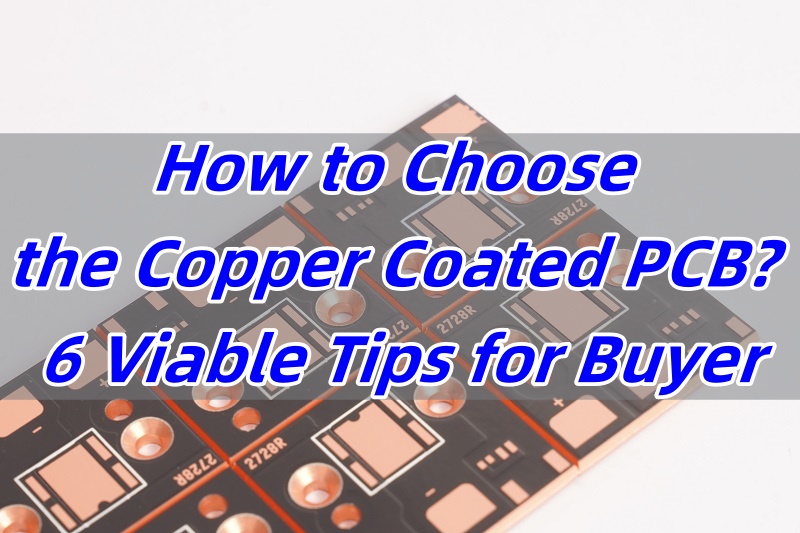
What is Copper Coated PCB?
A copper coated PCB is a circuit board covered with a thin layer of copper foil. This layer supports electrical conduction. It also makes it easy to form tracks and pads for signal flow. Most copper coated boards are either single-sided or double-sided depending on design needs.
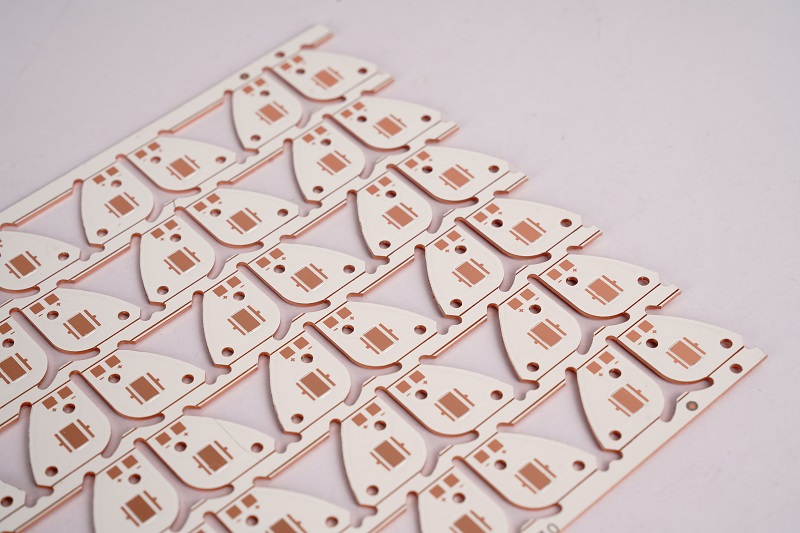
What is Copper Coated PCB Price?
Prices of copper coated PCB vary. They depend on thickness, copper purity, laminate type, and production volume. Single-sided boards are usually more affordable. Double-sided or thicker copper layers will increase the cost. Scrap copper price also affects the base material rate.
What is the Purpose of Copper Clad PCB Etching?
Etching helps to remove extra copper. It forms circuits on the board. The process defines trace width and spacing. Proper etching prevents short circuits and helps with heat dissipation.
Single Sided Copper Clad Board Manufacturing Process
The process of making a single sided copper clad board involves several precise steps. Each stage plays a role in ensuring the board performs reliably in its final application.
1. Laminate Selection
Pick FR4, CEM-1, or ceramic based on thermal and electrical needs.
2. Copper Lamination
Press copper foil onto one side using heat and pressure.
3. Surface Cleaning
Clean the copper to remove dust, oil, and oxidation.
4. Photoresist Application
Coat the surface with a light-sensitive layer.
5. UV Exposure
Use UV light to transfer the circuit pattern.
6. Developing
Remove unexposed photoresist with chemicals.
7. Etching
Etch away unwanted copper to form the traces.
8. Stripping
Strip off the remaining photoresist.
9. Surface Finishing (optional)
Add HASL or ENIG for better soldering.
10. Inspection & Testing
Check for defects and test circuit performance.
Which is Better: Rolled Annealed or Electrodeposited Copper?
Rolled annealed (RA) copper has better ductility. It works well for flex or semi-flex boards. Electrodeposited (ED) copper is common in rigid boards. For high-vibration settings, RA is preferred. For general use, ED is cost-effective.
What are the Features of Copper Clad Laminate?
A copper clad laminate (CCL) combines strength with electrical performance. Key features include low dielectric loss, high heat resistance, and good peel strength. It’s the base of all copper coated PCBs.
How Thick is the Copper on Copper Clad Board?
Standard copper thickness ranges from 1oz to 4oz per square foot. 1oz equals about 35 microns. Some boards require up to 6oz for power applications. The choice depends on the current load and thermal needs.
What are the Applications of Copper Coated PCB?
Copper coated PCBs are widely used in various industries due to their excellent conductivity and thermal performance. Common applications include:
1. LED Lighting Systems
Used in high-power LED modules for effective heat dissipation and stable current flow.
2. Power Modules
Essential in power conversion units, inverters, and motor drives that require high current capacity.
3. Automotive Electronics
Applied in ECUs, battery management systems, and lighting systems in modern vehicles.
4. Telecom Base Stations
Used in RF modules and signal transmission units for stable performance in high-frequency environments.
5. Industrial Equipment
Integrated into control systems and heavy machinery for managing high voltage and current loads.
How to Choose the Right Copper Coated PCB?
Choosing the right copper coated PCB isnât just about price. It’s about finding a board that fits your electrical, thermal, and mechanical requirements while staying cost-effective. Here are six practical tips to help you select the right one.
- First, copper thickness directly affects how much current your PCB can carry. If your circuit needs to handle high current, such as in power supplies or automotive systems, go for thicker copper like 2oz or 4oz. For signal boards, 1oz is usually enough. Always match copper weight to current demand to avoid overheating or performance drops.
- Second, thicker copper helps dissipate heat more efficiently. If your application involves power electronics, LED lighting, or high-speed charging, good thermal performance is critical. In such cases, copper thickness combined with proper stack-up design can reduce hot spots and improve system reliability.
- Third, think about where the PCB will be used. Will it face moisture, high temperatures, or vibrations? For automotive, aerospace, or outdoor electronics, choose boards with high copper thickness and durable materials to ensure longer life and better resistance to harsh conditions.
- Fourth, the more layers your PCB has, the more complex the heat and signal management becomes. Inner layers often use thinner copper for fine traces, while outer layers may require thicker copper for power delivery. Coordinate copper thickness with your stack-up design to balance performance and manufacturability.
- Fifth, not all PCB manufacturers can handle heavy copper or complex stack-ups. Always confirm whether your supplier can fabricate the copper thickness, trace widths, and spacing your design needs. Also, check their track record in delivering consistent quality for copper-coated PCBs.
- Sixth, while thicker copper offers better conductivity and durability, it also increases cost. Evaluate whether you truly need 4oz, or if 2oz or even 1oz would be enough. Avoid overdesigning, but donât compromise critical performance for a small cost saving. Strike the right balance based on your application needs.
If youâre unsure, talk to a professional PCB manufacturer like Best Technology. We offer tailored copper PCB solutions, with expert engineering support to help you select the right copper weight, stack-up, and surface finish for your project. From prototypes to large-scale runs, we help you build with confidence.
Where to Get Copper Clad Board Double Sided?
Itâs easy to find copper clad boards online, but not all suppliers offer consistent quality or precision. Here’s why Best Technology is a trustworthy option:
- We use certified raw materials and maintain tight tolerance control during lamination and cutting. This ensures stable performance for high-reliability applications.
- Every copper clad board passes rigorous inspections, including thermal shock testing, AOI (Automated Optical Inspection), X-ray inspection, and solderability testing. These help catch hidden defects before delivery.
- We run a complete MES system, offering full traceability for every batchâdown to individual processes and materials used.
- Our fast lead time and responsive engineering support ensure efficiency from prototyping to mass production.
If youâre sourcing double-sided copper clad boards and value reliability, traceability, and professional service, Best Technology is ready to support your needs.
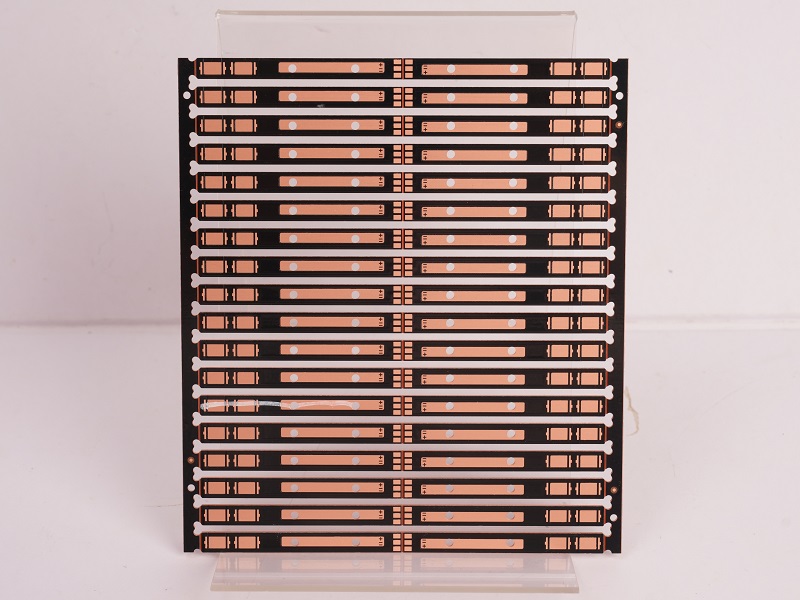
To conclude, choosing the right copper coated PCB board starts with knowing what you need and who to trust. Many customers are tired of late shipments, poor quality, or inconsistent specs. Best Technology solves these with ISO 9001, IATF 16949, and AS9100D certifications, fast response, and experienced engineering teams. With one-stop PCB manufacturing service and strong after-sales support, we help you get the right board without extra cost or delays. Let me know your specific requirements via sales@bestpcbs.com, and we will be happy to offer our best quote accordingly.



